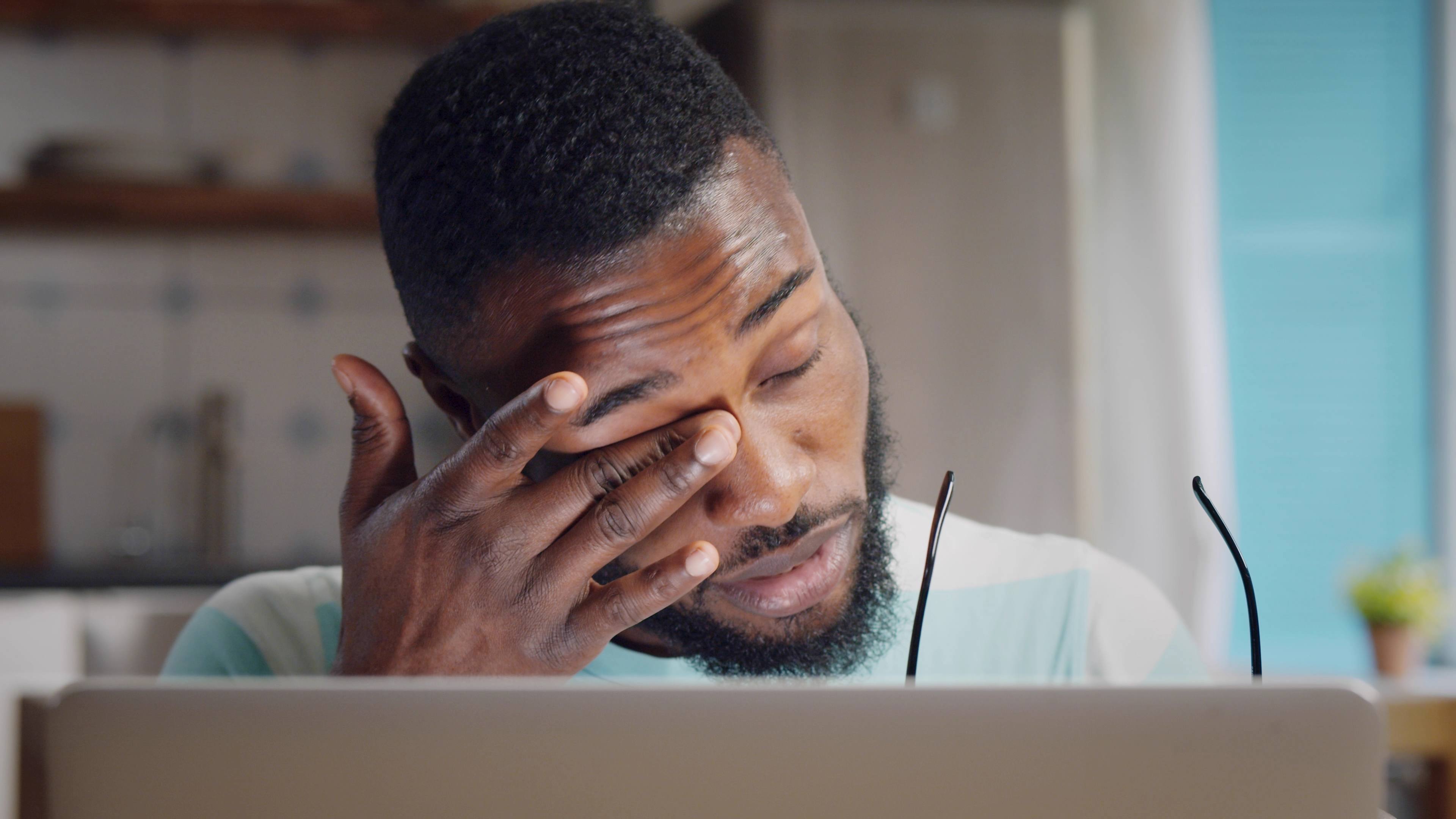-
Mayo Clinic Minute: Shining a light on SPF in sunscreen
You're heading to the pool or beach, and you stop to pick up some sunscreen. But knowing what is the best sun protection factor (SPF) for you is tough when you have no idea what SPF actually means.
Dr. Dawn Davis, a Mayo Clinic dermatologist, says there's a specific formula for calculating SPF. Understanding this formula can be the key to avoiding sunburns.
Journalists: Broadcast-quality video pkg (0:59) is in the downloads. Read the script.
"[SPF] is simply a ratio of the number of minutes that you can stay outside with the product on before getting minimal redness to the skin," says Dr. Davis.
She says preventing that painful redness is one of the biggest factors in preventing skin cancer.
So how do sunscreen brands calculate an SPF?
"So if you stand outside in a particular location and you're testing the sunscreen, and it takes you 10 minutes to develop redness to the skin without the product on, but then you apply the product on a different area of skin, and it takes 50 minutes for the skin to show redness, then that is an SPF factor of 50 over 10, which equals 5," Dr. Davis says.
She recommends a minimum of SPF 30 anytime you're in the sun, which theoretically means you could stay protected from ultraviolet rays 30 times longer than without sunscreen.







